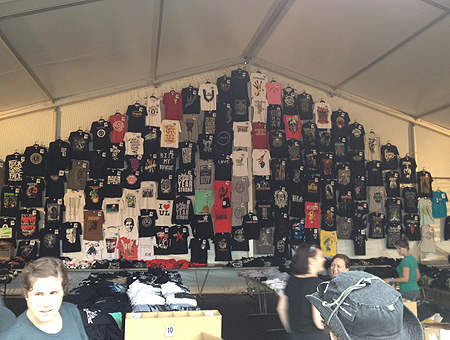The Vine interview: Maynard James Keenan of Puscifer, December 2012
An interview with Maynard James Keenan for The Vine. Excerpt below.
Interview – Maynard James Keenan of Puscifer: “You can’t please everybody”
Don’t ask about Tool. Don’t ask about A Perfect Circle. Definitely don’t ask when Tool’s next album – their first since 2006’s 10,000 Days – is due. These are the publicist-stated rules of engagement when interviewing Maynard James Keenan, frontman of those two bands and also Puscifer, a “multimedia project” that encompasses music, film, performance, wine and clothing, and has released two albums so far: 2007’s V Is For Vagina and 2011’s Conditions Of My Parole. Keenan is touring the Puscifer show outside of North America for the first time in February 2013, with three Australian theatre shows booked around his commitments with A Perfect Circle at Soundwave Festival.
These interview restrictions open up lines of questioning largely outside of Keenan’s music, which has enthralled millions of hard rock fans since Tool’s first LP, Undertow, was released nearly 20 years ago. The singer owns and operates Merkin Vineyards and Caduceus Cellars in Arizona, where he’s lived for 17 years. Winemaking would be a gimmick – a distraction from his enormously popular musical outlets – if only Keenan wasn’t so damn serious about it. Multi-million dollar start-up costs aside, the business was built with a view to be sustainable, and Keenan says he has met this goal. A remarkable achievement, considering that Arizona had no wine reputation to speak of prior to Keenan’s involvement. Such is the pulling power of the man, perhaps, but it also helps that the wine is fantastic.
—
Hello Maynard. Where are you calling from?
The bunker. [At the Caduceus winery]
Australia was the first country to import your wine: I’ve met the two guys behind [Caduceus wine importers] Sip & Listen here in Brisbane. I’m guessing that exporting was always on your list of goals, but were you surprised the Australian opportunity came up as soon as it did?
I guess so. We don’t really have a lot of volume, so that we had enough to actually export was a surprise. It was good timing; we had a little extra.
Australians will also be the first outside of North America to see Puscifer tour. Why is that?
The opportunity came up. It’s a tough project to get out of the country because of all the extra stuff we put into the performance. It had to be the right scenario, the right situation for us to be able to afford to do it.
You said in [2010 documentary] Blood Into Wine that touring becomes more gruelling on your body as you get older. How do you take care of yourself, and your voice, while on the road these days?
Just like anybody else would: just pace yourself, get good sleep.
Is that different to what you were doing when you were touring in your 20s and 30s?
Well, you know, back then you have a little more resilience, and you can kinda push it a little harder, move a little faster. You don’t necessarily have to pay attention to maintenance much.
I get the impression that all of your musical output these days – touring, releasing music – is done primarily to fund your wine business. Am I way off the mark?
Hmm… no. I think the touring is just because we like to play music and we like to perform. The wine business – it takes care of itself. Of course, there’s a lot of initial investment, from prior touring. I used a lot of that money to get it going, but that was instead of buying a Ferrari.
So after the initial start-up cost, the ongoing costs aren’t so great?
Yeah, I mean, it’s barely paying for itself, but it is sustaining itself. The point of even doing it was to establish a sustainable endeavour.
Do you feel that reorganising your life around the wine business has had a positive effect on your art so far?
I would think so, yeah. It’s in tune with where I am. So if your art is, in theory, you expressing your take on the world, or your place in it, or your interaction with it, then I guess, yeah, it’s more in tune.
Do you find it freeing to create music around the wine season, or restrictive?
I haven’t really found anything that was restrictive. I kinda schedule things as I schedule ‘em. There’s a timing involved with harvest, so a lot of stuff has to take a backseat during that period of time, but it’s not like I’m writing every day.
Which is more satisfying: completing a recording session, or finishing a wine harvest?
I think they both stroke you in a different spot.
For the full interview, visit The Vine.
 Arguably the hardest part of arranging a music festival is securing a headline act so superior that they simply can’t be followed. For the second year in a row, Harvest has achieved this. Sigur Rós are a delight: challenging, brave, and pure. Like Portishead last year, their main stage set is a sterling example of how to end a day filled with remarkable music. It’s a true spectacle, carefully structured to include peaks and troughs and the band work at eliciting a wide spectrum of emotions. There’s a real art to this, and it doesn’t go unnoticed by the thousands gathered before the Riverstage: a silent and attentive audience hangs on every note played.
Arguably the hardest part of arranging a music festival is securing a headline act so superior that they simply can’t be followed. For the second year in a row, Harvest has achieved this. Sigur Rós are a delight: challenging, brave, and pure. Like Portishead last year, their main stage set is a sterling example of how to end a day filled with remarkable music. It’s a true spectacle, carefully structured to include peaks and troughs and the band work at eliciting a wide spectrum of emotions. There’s a real art to this, and it doesn’t go unnoticed by the thousands gathered before the Riverstage: a silent and attentive audience hangs on every note played.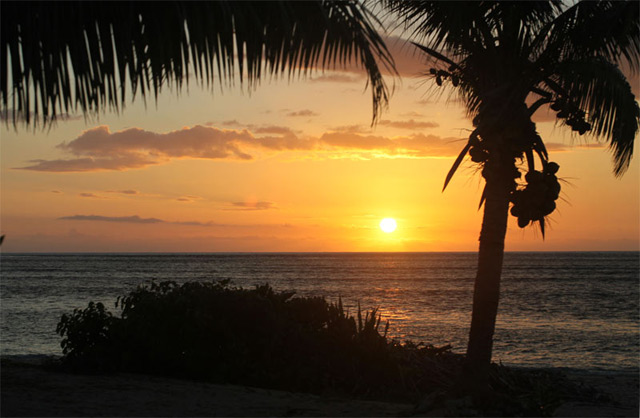
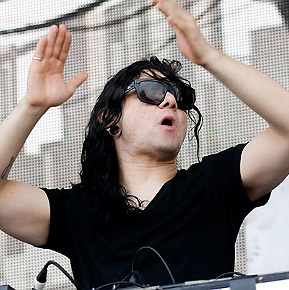 By
By 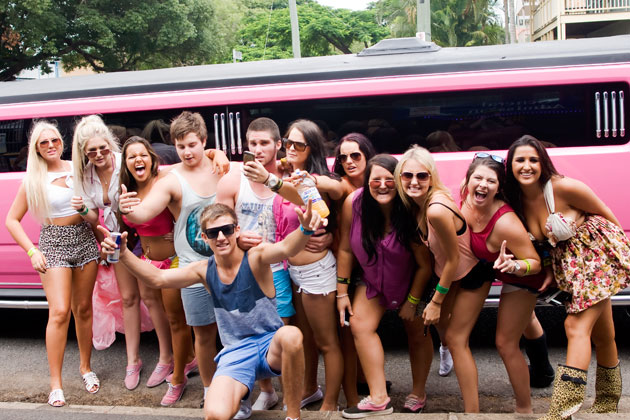
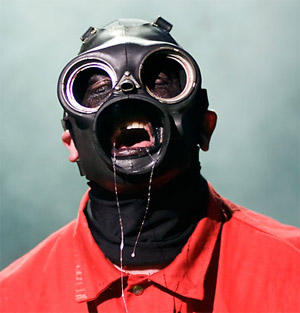 Their answer was evidently ‘none of the above’. But the headliner is many hours away as we file into the Showgrounds just before the clocks strike 11am. The days preceding have seen heavy rain pelt Brisbane for extended periods, so it’s admirable that organisers have managed to greet us upon arrival with what appears to be a smoothly running festival. Ground staff are relying heavily on plastic matting to cover up the muddiest spots, and for the time being, the entire venue is easy to navigate with regular footwear while staying dry.
Their answer was evidently ‘none of the above’. But the headliner is many hours away as we file into the Showgrounds just before the clocks strike 11am. The days preceding have seen heavy rain pelt Brisbane for extended periods, so it’s admirable that organisers have managed to greet us upon arrival with what appears to be a smoothly running festival. Ground staff are relying heavily on plastic matting to cover up the muddiest spots, and for the time being, the entire venue is easy to navigate with regular footwear while staying dry.